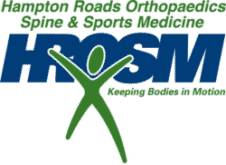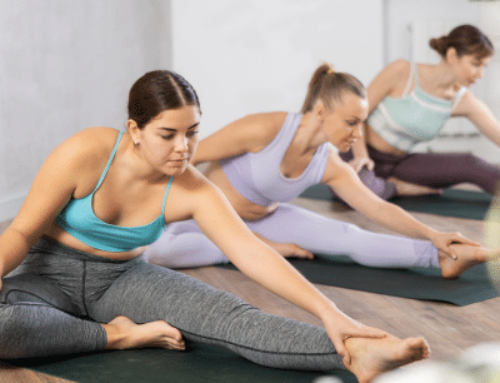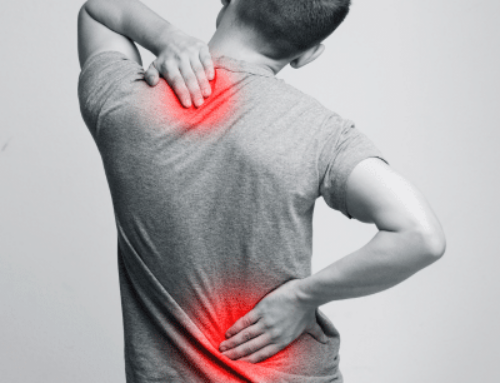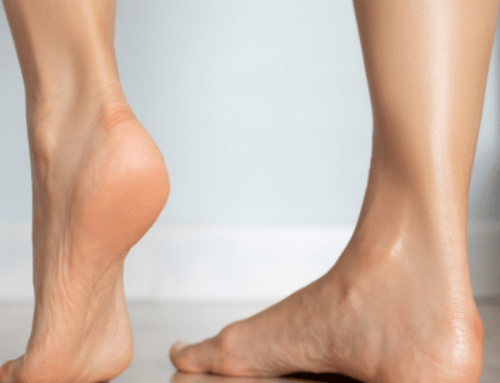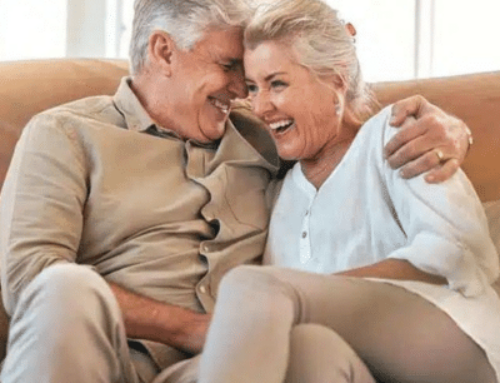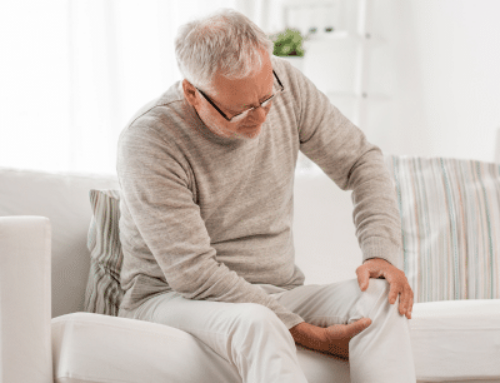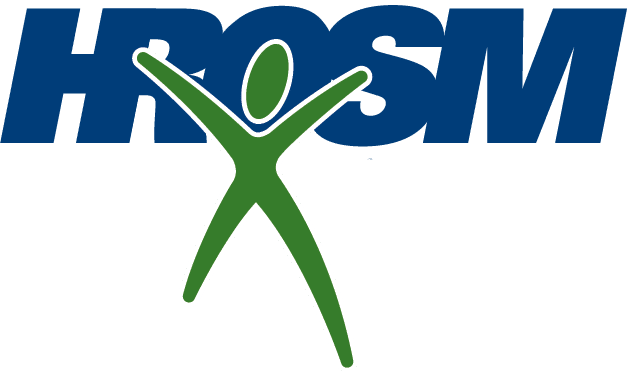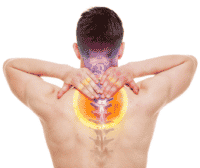 The spine, also known as the vertebral column is the main support structure of the body together with the pelvic bone, ribs, and bones of the limbs. It transmits body weight from the upper parts of the body to the pelvic girdle. The vertebral column is a sophisticated structure composed of interconnected bones separated by cartilage and with a specific curvature and alignment. Any disruption in the alignment leads to either anatomical or functional abnormality. Anatomical curvature abnormalities are the most common. There are three types of abnormal spinal curvature, an accentuated lordosis, scoliosis, or Kyphosis.
The spine, also known as the vertebral column is the main support structure of the body together with the pelvic bone, ribs, and bones of the limbs. It transmits body weight from the upper parts of the body to the pelvic girdle. The vertebral column is a sophisticated structure composed of interconnected bones separated by cartilage and with a specific curvature and alignment. Any disruption in the alignment leads to either anatomical or functional abnormality. Anatomical curvature abnormalities are the most common. There are three types of abnormal spinal curvature, an accentuated lordosis, scoliosis, or Kyphosis.
What is Scoliosis?
Scoliosis is an abnormal sideways curvature of the vertebral column, making the spine look bent to one side on an x-ray film taken from either the back or the front. The normal curvature of the spine shows an inward curve of the vertebral column when viewed from the sides but straight when viewed from posteroanterior.
Scoliosis can be hereditary or acquired secondary to trauma such as accidents. It can inflict either gender or any age group, but it is more in girls than boys and among those over ten years.
How do you treat scoliosis?
- Back braces– Orthopedic and spine specialists might choose between rigid metallic braces or slightly flexible plastic ones depending on the severity of the curvature. Orthopedic specialists recommend wearing braces for 16 to 23 hours per day. Braces are ideal in stopping the progression, thus recommended in children with this condition, thus avoiding the need to subject them to a surgical operation.
- Surgery– Spinal fusion surgery is the treatment option for more server curves between 45 to 50 degrees and when anticipating worsening. This operation entails fusion of the curved vertebral bones so that it forms some single, straight bone; thus, stopping the curves from progressing. Surgery is the definitive management of scoliosis
- Physiotherapy– This is the best approach in the management of degenerative scoliosis in the elderly population. Exercise and stretching helps in re-aligning the curved vertebral bones by building the strength of the muscle involved in the active movement of the vertebral bones.
Do not hesitate to contact HROSM any time to learn more information about scoliosis.
